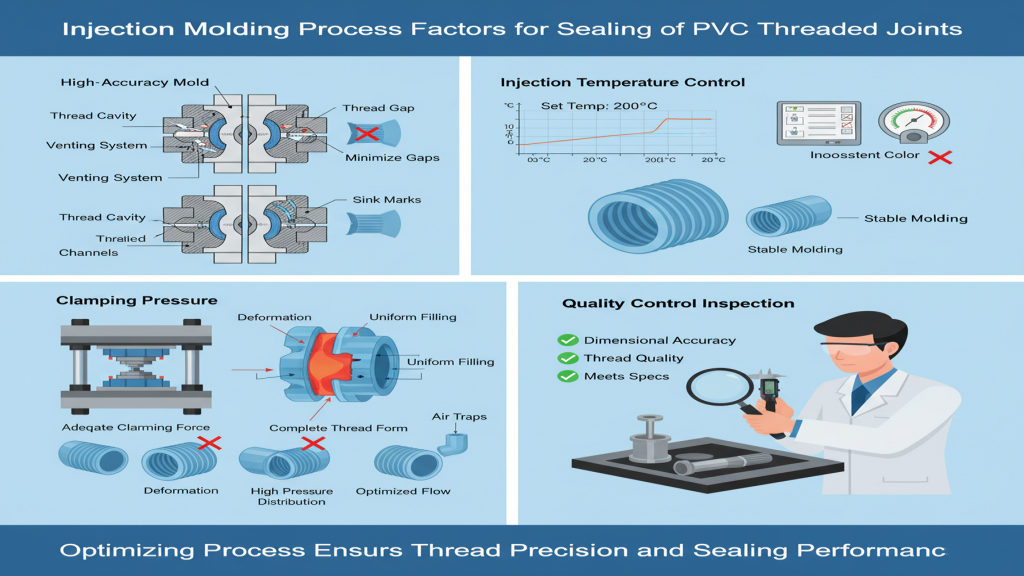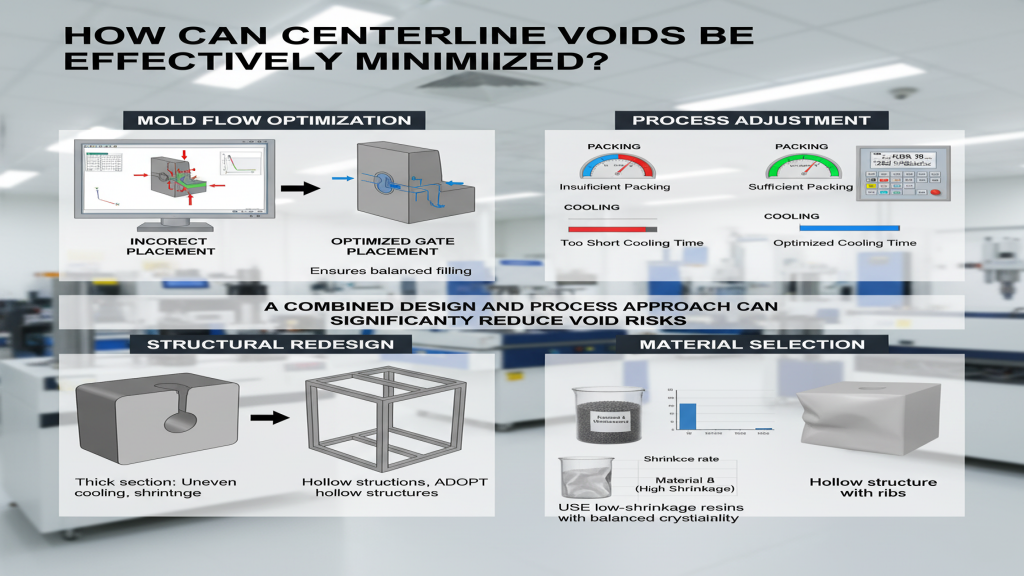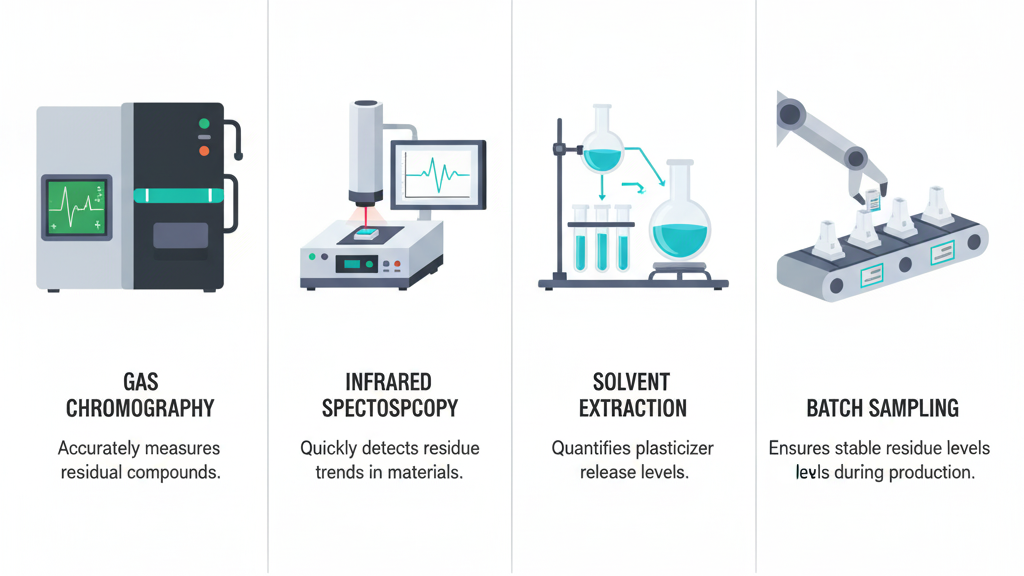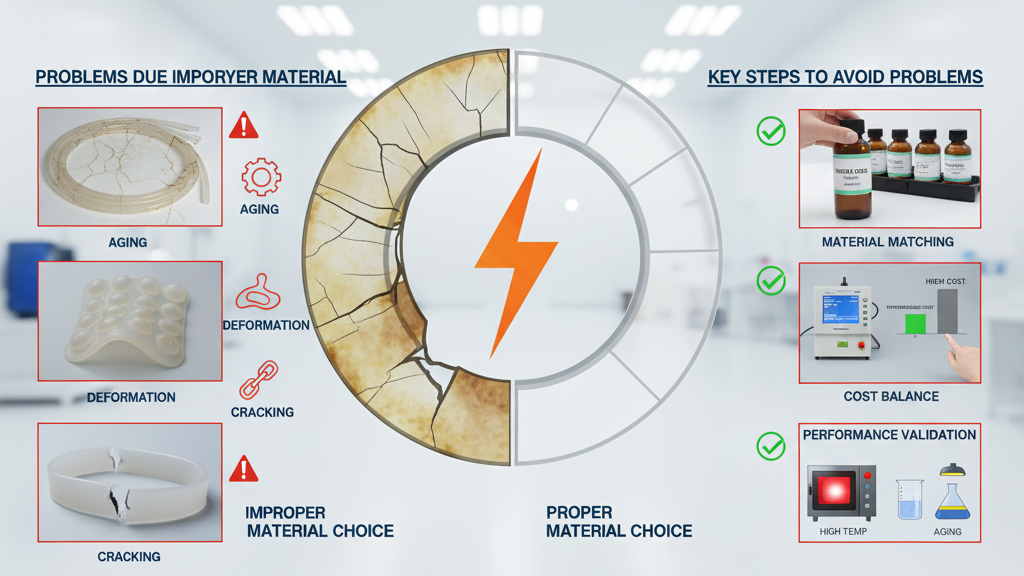
In polycarbonate (PC) processing, injection molding and film molding are two major mainstream technologies, with significant differences in principles, processes, and product performance. Understanding these differences is crucial for material engineers and designers, as it directly affects product design, cost, and final quality. This article aims to professionally explore the core differences between the two, providing clear guidance for industry practitioners.
Although both use PC, injection molding and film molding differ significantly in polymer state transformation and equipment requirements. Injection molding involves filling a mold with molten PC under high pressure and cooling it to solidify, making it suitable for manufacturing complex three-dimensional, high-precision parts, such as optical lenses. Film molding, on the other hand, processes molten or solution-state PC into flexible two-dimensional thin sheets or rolls. The choice between these two process paths not only determines the product's form and performance but also profoundly impacts production costs and efficiency.
What are the fundamental differences in the principles between injection molding and film molding?

When discussing polycarbonate processing methods, it's crucial to deeply understand the essential differences in process principles between injection molding and PC film molding. These two technological paths have drastically different requirements for polymer morphology transformation and processing conditions, which in turn determine the type and complexity of typical production equipment needed.
- Process Principle: Injection molding involves injecting molten PC into a mold under high pressure and cooling it to form three-dimensional products; film molding extrudes or casts molten PC into two-dimensional thin sheets.
- Polymer State Transformation: Injection molding emphasizes rapid filling of the mold cavity with the melt and precise replication of details; film molding focuses on uniform extension to form a continuous thin layer.
- Typical Equipment: Injection molding uses injection molding machines and high-precision steel molds; film molding relies on extruders, dies, and cooling/winding equipment.
- Process Control Emphasis: Injection molding focuses on injection pressure, speed, and mold temperature to ensure product accuracy; film molding focuses on melt temperature, extrusion speed, and draw ratio to control film uniformity.
How do different molding methods affect the performance of PC products?

The molding method of PC material has a decisive influence on the physical, optical, and mechanical properties of the final product. This difference directly leads to polycarbonate products exhibiting their unique advantages and suitability in different application areas.
- Physical Performance Differences: Injection molded parts have high strength and dimensional stability, suitable for load-bearing; films are lightweight, flexible, and bendable.
- Impact on Optical Performance: Injection molding can achieve optical-grade transparency, while films can achieve various light diffusion or anti-glare effects.
- Mechanical Performance: Injection molded products have higher impact strength and rigidity; films excel in excellent flexural resistance and tear resistance.
- Application Areas: Injection molded PC is used for high-strength, transparent components such as automotive headlights; PC films are used for flexible, lightweight, or specific optical function displays and packaging.
How does the rheological behavior of PC affect its molecular structure and final performance?

When discussing the processing of polycarbonate, the differences in its rheological behavior under different processes are central. This difference not only profoundly affects the fluidity of the polymer melt but also further determines the arrangement of the internal molecular structure of the final product, thereby directly relating to the performance of its macroscopic properties.
- Rheological Behavior Differences: Injection molding involves high shear rates and rapid cooling, emphasizing fluidity; film molding focuses on extensional rheology to ensure uniform extension.
- Molecular Chain Orientation: Injection molding can produce local molecular orientation, leading to anisotropy; film molding achieves high molecular chain orientation through stretching, forming a regular structure.
- Internal Stress Formation: Injection molded parts are prone to residual stress due to rapid cooling and orientation differences; film molding can effectively control internal stress.
- Macroscopic Performance Impact: The dimensional accuracy and birefringence of injection molded parts are affected by molecular orientation; the tensile strength, toughness, and transparency of films are determined by their molecular orientation.
Injection molding and film forming
| Characteristic | Polycarbonate Glass Injection Molding | PC Film Forming |
|---|---|---|
| Product Form | Complex 3D, thick, structurally detailed products. | Flexible 2D sheets, rolls, typically very thin. |
| Optical Props. | Achieves optical-grade clarity, low haze, no distortion. | Can achieve light diffusion, anti-glare, etc. |
| Mechanical Props. | High impact strength, rigidity, and hardness; load-bearing. | Excellent bend resistance, tear resistance, flexibility. |
| Typical Apps. | Automotive lights, optical lenses, electronic housings. | Membrane switches, display protection films, medical packaging. |
Advantages and Disadvantages of Injection Molding and Film Molding
When evaluating polycarbonate processing methods, production costs, efficiency, and environmental impact are crucial factors that cannot be ignored. Injection molding and PC film molding each have unique advantages and limitations in these areas. Understanding these differences is essential for developing sustainable and cost-effective manufacturing strategies.
1.Production Costs: Injection molding has high initial mold costs, but low unit costs in mass production; film molding has high equipment investment, but competitive unit costs in continuous production.
2.Production Efficiency: Injection molding is a cyclical production process, and efficiency is limited by cooling time; film molding is a continuous production process with extremely high efficiency.
3.Raw Material Utilization and Waste: Injection molding produces sprue and runner scrap, which can be recycled; film molding has a smaller amount of waste, resulting in high material utilization.
4.Environmental Impact and Sustainability: Both processes have energy consumption and emissions. The future development trend is to reduce energy consumption, increase recycling rates, and use more environmentally friendly additives.
Conclusion
Injection molding and PC film molding of polycarbonate are two complementary processing technologies, each with its own strengths. Injection molding excels at manufacturing complex, high-precision, three-dimensional products with excellent strength and optical properties, but has higher initial costs. The choice of which process to use requires comprehensive consideration of the product's specific function, form, performance, production volume, and economic and environmental factors.
For expert assistance in implementing for your production needs, visit our resource center or contact us. Let’s help you scale up your manufacturing with precision and efficiency!







